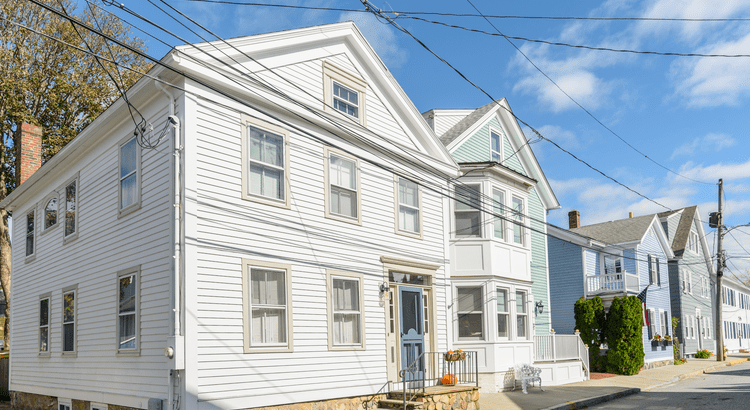
Thought the Market Passed You By? Think Again.
If you stepped back from your home search over the past few years, you’re not alone – and you’re definitely not out of options. In fact, now might be the ideal time to take another look. With more homes to choose from, prices leveling off in many areas, and mortgage rates easing, today’s market is

Is the Housing Market Going To Crash? Here’s What Experts Say
If you’ve seen headlines or social posts calling for a housing crash, it’s easy to wonder if home values are about to take a hit. But here’s the simple truth. The data doesn’t point to a crash. It points to slow, continued growth. And sure, it’s going to vary by local area. Some markets will see p

Don’t Let Unrealistic Pricing Cost You Your Move
These days, you’re going to want to get your price right when you get ready to sell your house. Honestly, it’s more important than ever. Why? While you may want to list high just to see what happens, that’s a plan that can easily backfire, and it’s going to cost you in today’s market. And the risk
Categories
Recent Posts











